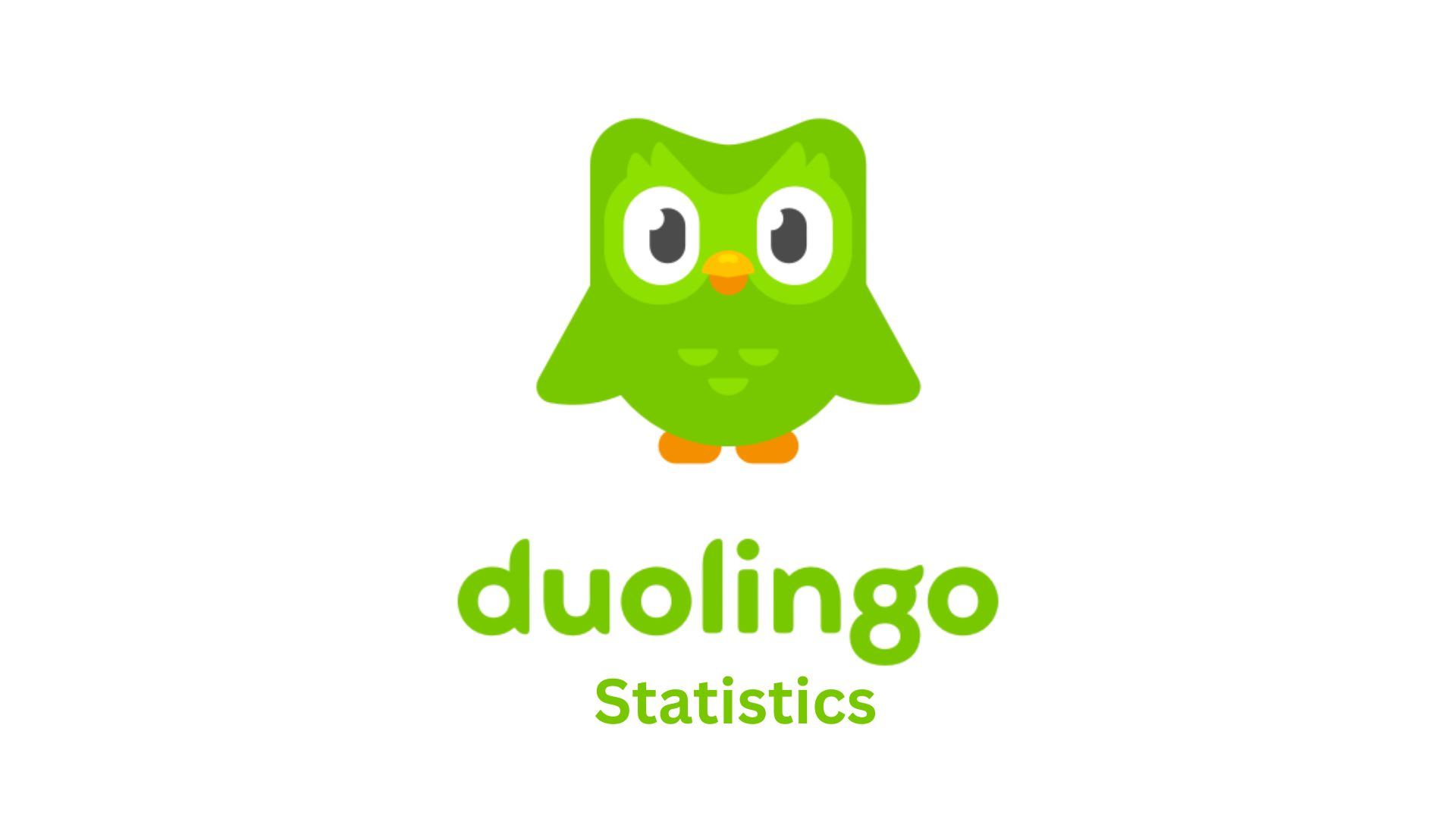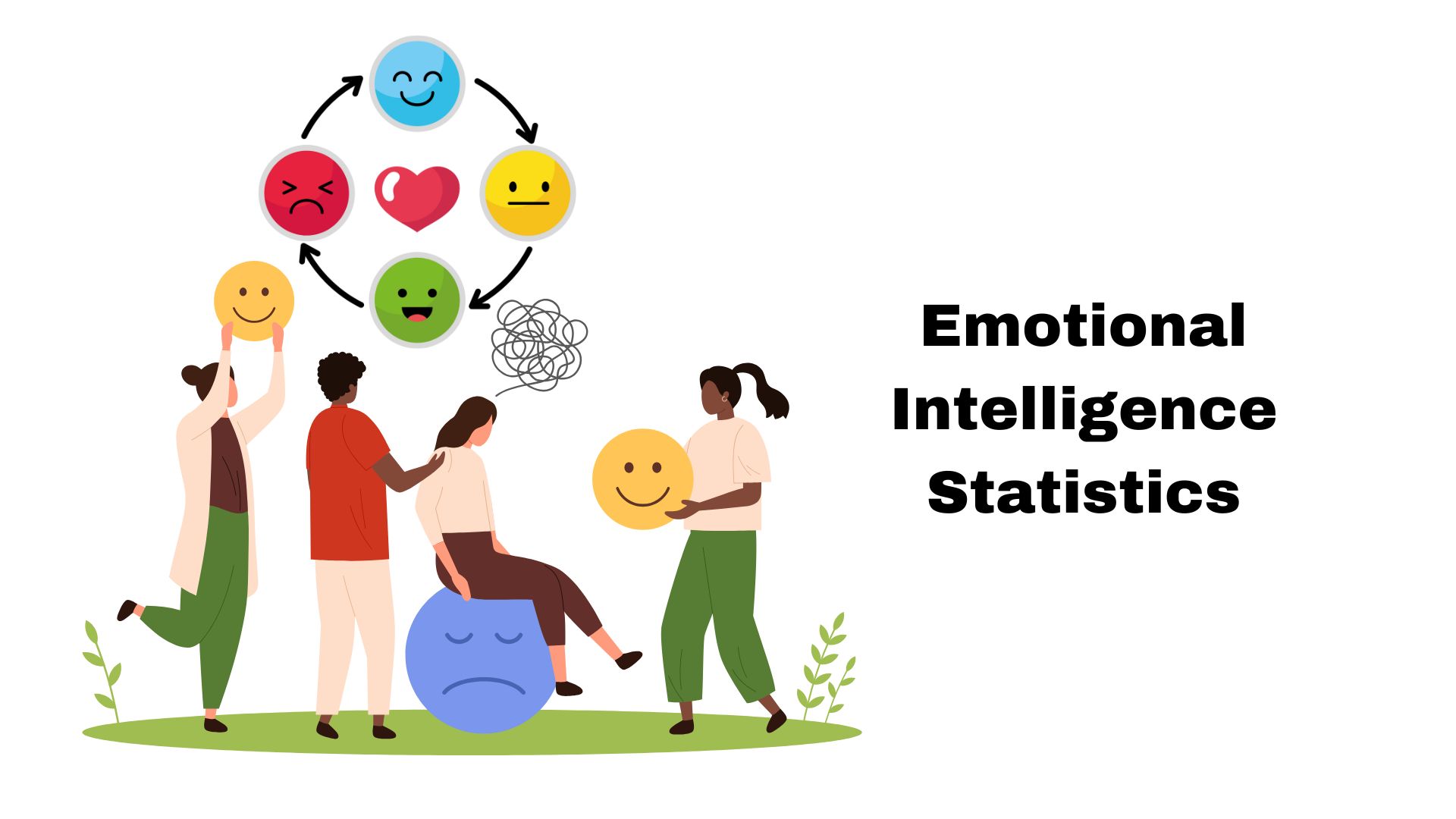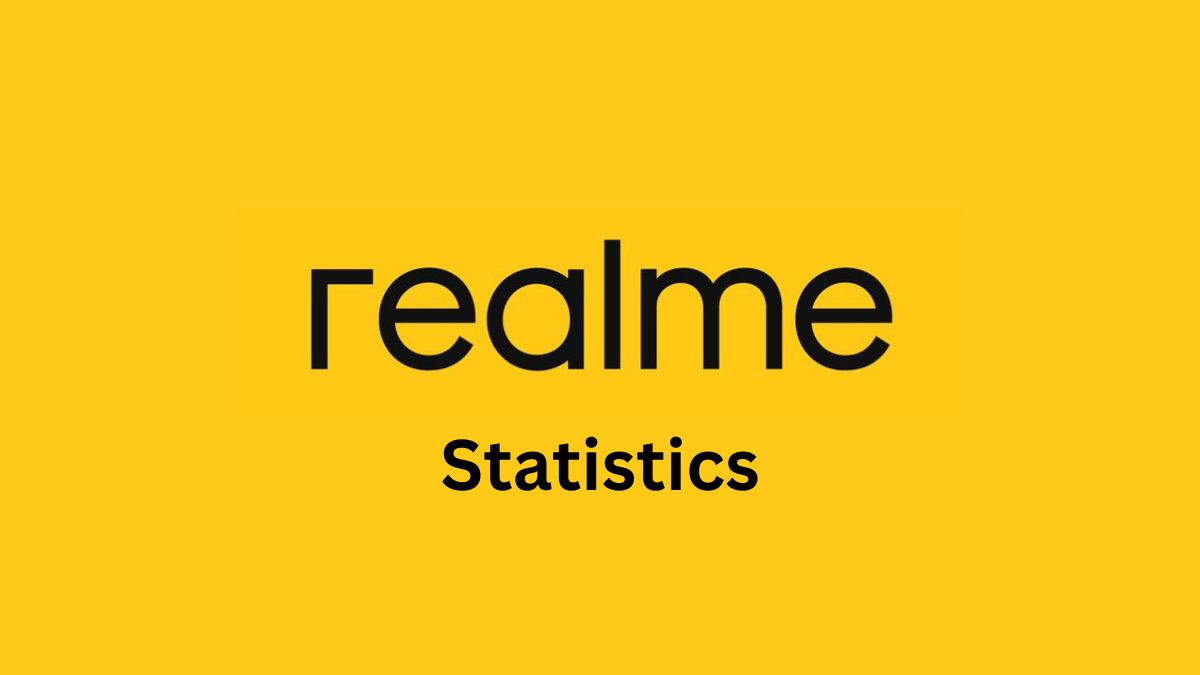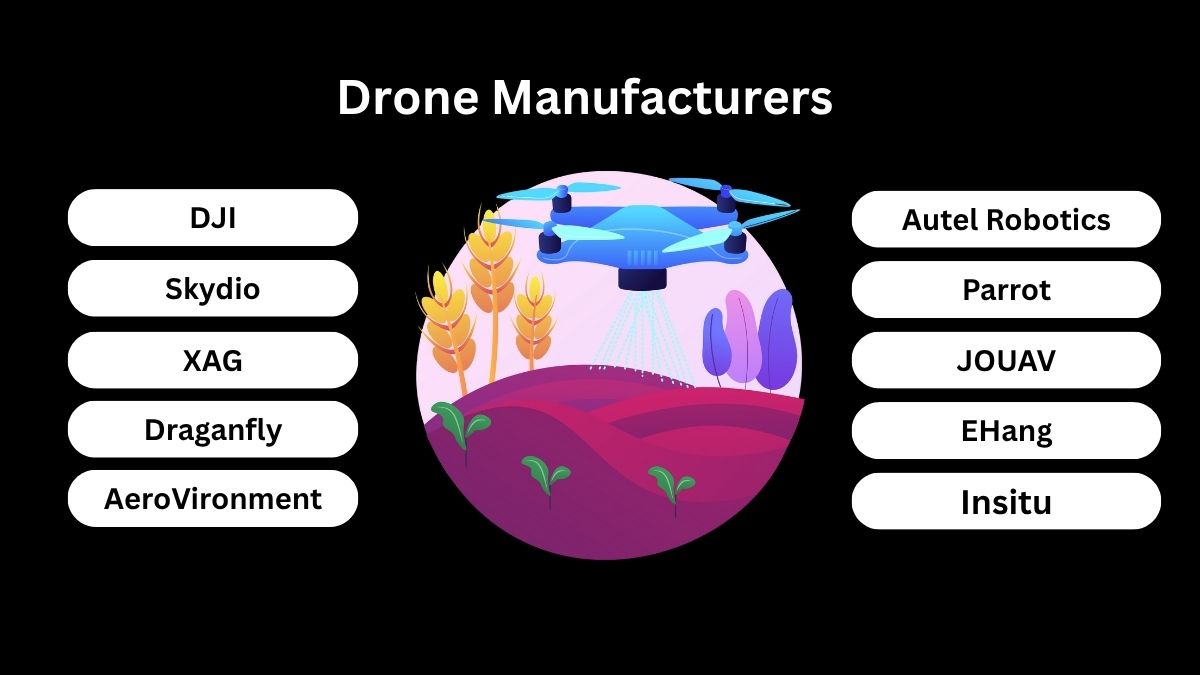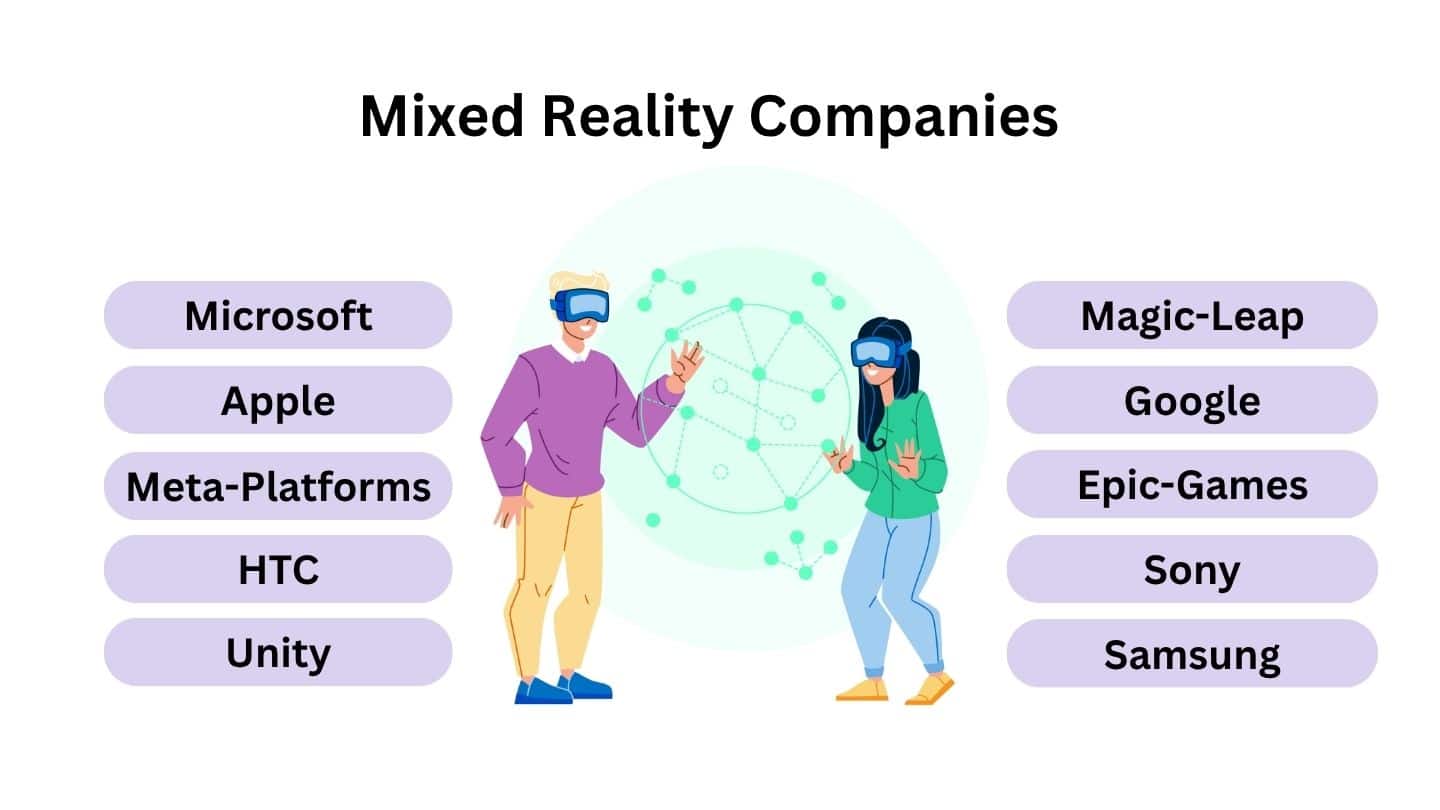Piracy Statistics, Trends And Facts (2025)
Updated · Sep 24, 2025

Table of Contents
- Introduction
- Editor’s Choice
- Global Digital Piracy Statistics
- Software Piracy Statistics and Compliance
- Premium Media and Live-Event Piracy Statistics
- Maritime Piracy Statistics – 2024 Summary
- Maritime Piracy Statistics – Mid-2025 Overview
- Regional Deep Dive – High-Risk Maritime Zones
- Economic Losses from Digital Piracy
- Anti-Piracy Technologies and Market Growth
- Legal and Policy Responses to Piracy
- Human Stories and Real Impact
- Conclusion
Introduction
Piracy Statistics: When you hear the word piracy, what comes to your mind first? Maybe a pirate ship in the middle of the ocean, or someone downloading a movie from a shady site. But piracy today is much more than sea robbers or just file downloads from third-party websites. It’s a global issue that steals billions of dollars every year, risks people’s lives on the seas, and impacts creators, businesses, and even us a everyday consumers.
In this article, I’ve gone deep into the actual numbers, stories, and technologies behind this massive problem. From hijackings in the Singapore Strait to anime piracy in Japan, the data reveals just how widespread and dangerous modern piracy has become. These piracy statistics aren’t just figures; they’re signs of what’s changing in our digital and global world. And if you’ve ever streamed a show, installed cracked software, or read a leaked comic, this is a reality worth understanding. And what the numbers are telling us.
Editor’s Choice
- Digital piracy costs the global media industry over $75 billion every year, with forecasts pushing that number to $125 billion by 2028 as illegal content consumption grows.
- More than 229 billion visits to piracy websites were recorded in 2023, with Gen Z and millennials contributing to over 70% of those visits, often using both legal and illegal platforms.
- In the first half of 2025 alone, maritime piracy saw a 50% rise, with 90 reported incidents, the highest mid-year total since 2020, showing that sea-based piracy remains a critical threat.
- The Singapore Strait accounted for 63% of global maritime piracy, with 57 attacks, making it the most dangerous shipping corridor in the world as of 2025.
- Despite lower incident counts, the Gulf of Guinea remains the most dangerous region for crew, with 87% of all global kidnappings taking place there in the first half of 2025.
- 40 crew members were taken hostage and 16 were kidnapped in maritime piracy incidents so far this year, providing that human lives continue to be at stake beyond the economic numbers.
- The global anti-piracy protection market is currently valued at $236.2 billion, expected to grow to $754.9 billion by 2035, driven by AI-based detection, live takedown systems, and international collaborations.
- Italy’s Piracy Shield enforces ISP-level site blocking in under 30 minutes, a bold step toward fast enforcement, although it has sparked EU-level debates on privacy and free expression.
- In a major crackdown, Italian and European authorities dismantled a pirate streaming ring serving 22 million users, estimated to have generated €3 billion in illegal profits per year.
- Japan has invested ¥300 million (around $2 million) into AI tools to combat manga and anime piracy across 1,000+ pirate websites, showing a proactive tech-led legal push.
- Software piracy often carries hidden costs, with companies facing $2.4 million in damages per breach due to malware from pirated apps, each taking over 243 days to fully contain.
- In the US alone, digital piracy results in the loss of 70,000 music industry jobs annually, disrupting livelihoods from sound engineers to independent artists.
- A staggering 24% of global internet bandwidth is used for piracy-related activities, putting additional load on ISPs and content networks while increasing security risks.
- 70% of adults in the Philippines admit to consuming pirated content, up from 58% in 2023, highlighting how normalized piracy has become in regions with limited legal access.
- Despite international laws, piracy today remains fast, flexible, and borderless, adapting to tech, streaming demand, and economic gaps, making enforcement more complex than ever.
| Key Insight | Data / Figures |
| Annual loss to global digital piracy |
$ 75 billion in 2025, projected $125 billion by 2028 |
|
Visits to piracy websites |
229+ billion in 2023 |
| Growth in maritime piracy incidents |
50% rise in H1 in 2025, 90 total incidents |
|
Hotspots for maritime piracy |
Singapore Strait in 57 attacks, 63% of global incidents |
| Crew kidnapping concentration |
Gulf of Guinea about 87% of global kidnappings in H1 2025 |
|
Crew affected in 2025 so far |
40 hostages, 16 kidnapped |
| Anti-piracy protection market size |
$236.2 billion in 2025, projected $754.9 billion in 2035 |
|
Rapid site-blocking enforcement |
Italy’s Piracy Shield – under 30 minutes |
| Major piracy ring dismantled |
22 million users, €3 billion in yearly illegal profits |
|
AI investment in Japan to stop anime/manga piracy |
¥300 million $2million, over 1,000 websites monitored |
| Software piracy breach costs |
$2.4 million per incident, 243 days to resolve |
|
US music industry job losses due to piracy |
70,000 jobs lost annually |
| Bandwidth consumed by piracy |
24% of the global internet bandwidth |
|
Piracy normalization in the Philippines |
70% adults admit to streaming pirated content (up from 58%) |
| Nature of modern piracy |
Fast, flexible, borderless, and evolving rapidly |
Global Digital Piracy Statistics
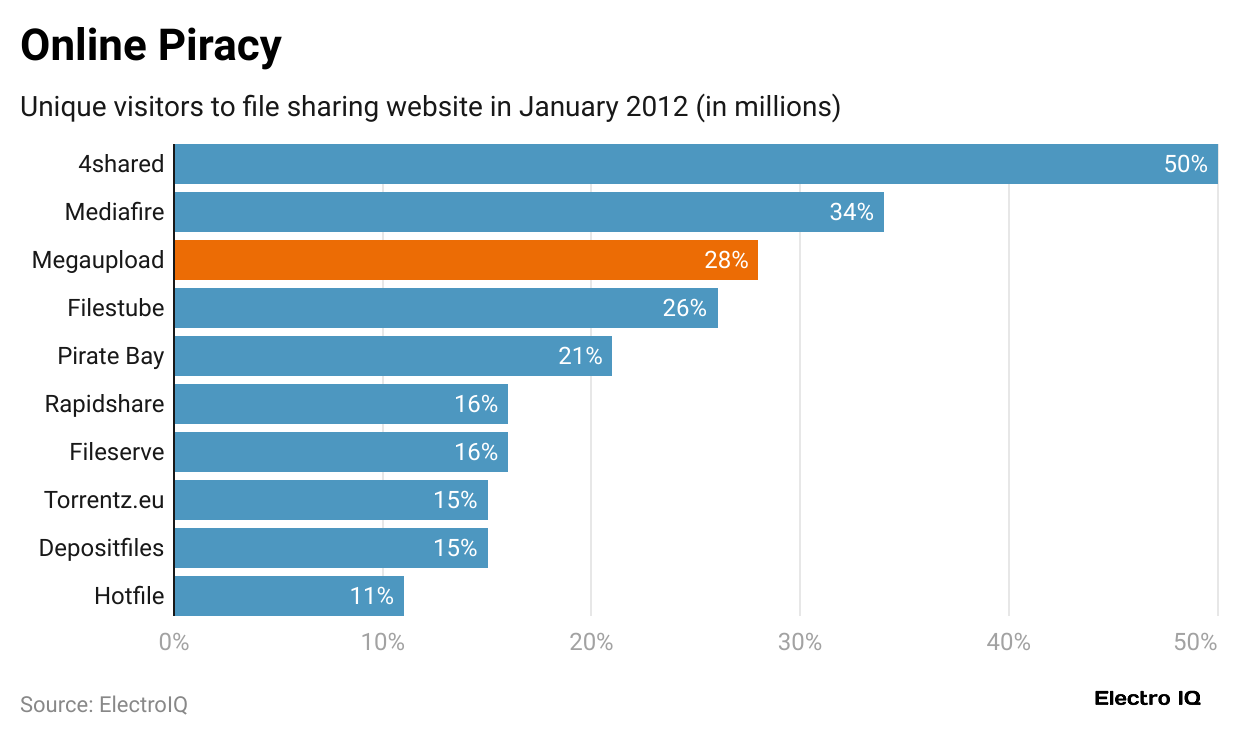
- In 2024, piracy sites worldwide were visited about 216.3 billion times, showing a modest 5.7% decline from 2023. The drop suggests streaming services are making some impact on piracy habits.
- TV piracy remains the largest category, with approximately 96.8 billion visits, representing nearly 45% of all piracy traffic globally. Anime content plays a major role in this volume.
- Publishing piracy, especially manga and ebooks, grew to 66.4 billion visits in 2024, a 4.3% rise, making it the second-largest category. Demand for limited-availability content fuels this surge.
- Film piracy dropped sharply in 2024 to about 24.3 billion visits, an 18% decline, likely due to increased availability on legal platforms.
- Music piracy also declined by 18.6% down to 13.9 billion visits in 2024, consistent with the growing adoption of licensed streaming services.
- Overall, digital piracy accounts for nearly 24% of internet bandwidth usage in key regions like North America, Europe, and Asia-Pacific. This represents a significant network load.
- Desktop devices still represent over 50% of all piracy usage, primarily via torrents and illegal streaming, though mobile use is steadily rising.
- The United States alone loses between $29.2 billion and $71 billion per year to digital video piracy, reflecting both consumer and industry impact.
- Globally, film piracy is estimated to cost between $40 nd $97.1 billion annually, with television losses estimated in similar ranges.
- Young viewers, especially Gen Z and Millennials, lead piracy activity; surveys find up to 76% admit watching pirated shows, often alongside paying subscriptions.
| Metric | Value / Estimate | Result |
| Total piracy visits | 216.3 billion | Down 5.7%, per Muso data |
| TV piracy visits | 96.8 billion | Largest category, anime-led growth |
| Publishing visits | 66.4 billion | Second largest, steady increase |
| Film piracy visits | 24.3 billion | Decline of 18% in 2024 |
| Music piracy visits | 13.9 billion | Decline of 18.6% |
| Bandwidth use | 24% of key-region bandwidth | Major data load contributor |
| Desktop piracy share | 50% | Still dominant over mobile |
| U.S. video piracy losses | $29.2B to $71B/year | Wide domestic impact |
| Global film piracy costs | $40B to $97.1B/year | Broad industry loss |
| Gen Z / Millennial piracy | 67 to 76% admit to usage | Younger generations are driving demand |
Software Piracy Statistics and Compliance
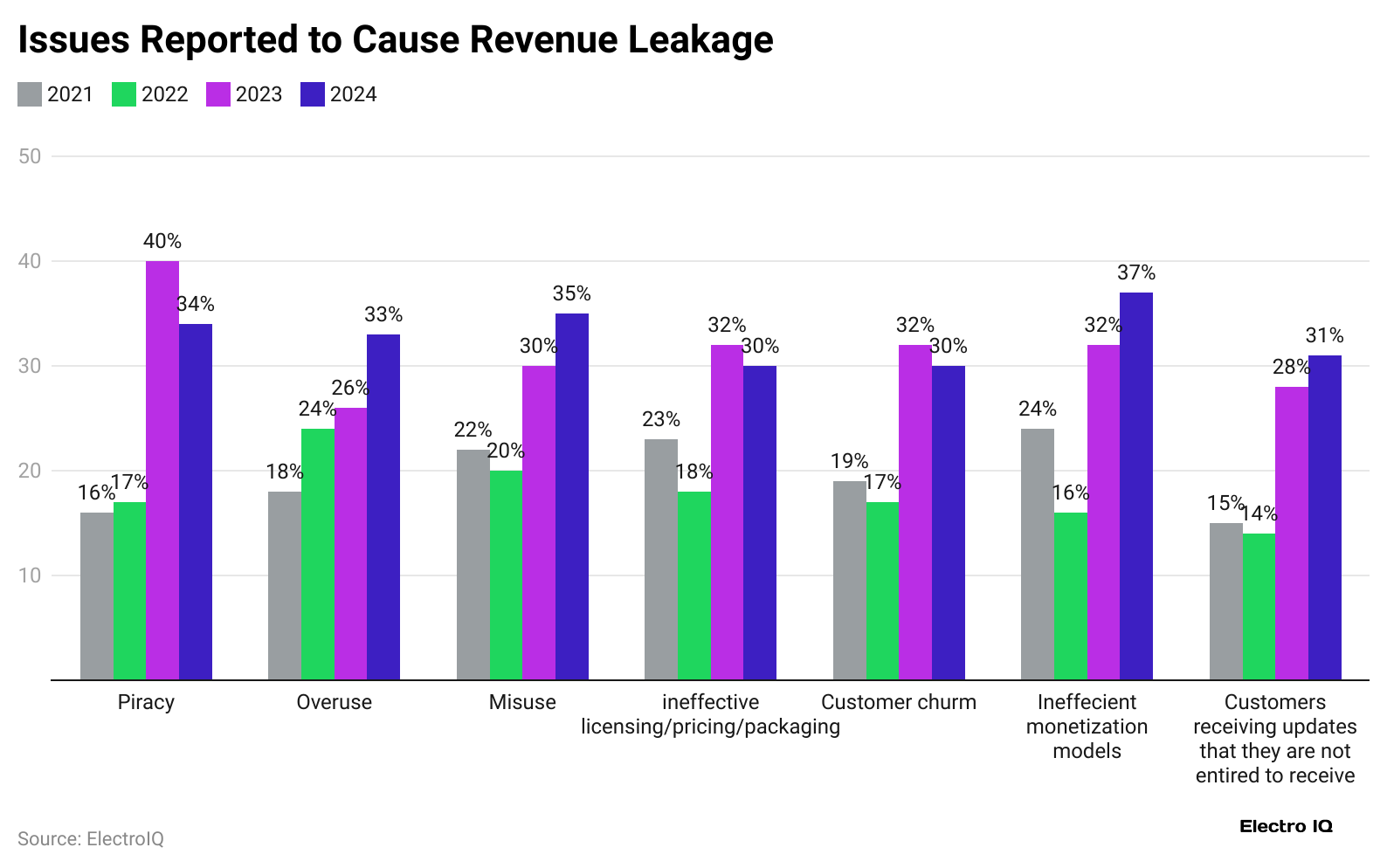
- Around 37% of installed software worldwide is unlicensed, resulting in total losses of about $46.3 billion annually. This includes both commercial and consumer segments.
- North America and Western Europe account for about $19 billion of that total loss, even though their piracy rates are relatively lower. Enforcement efforts reap better returns here.
- Top piracy hotspots in 2024 to 2025 include China, Russia, the United States, India, and Brazil, representing the greatest volume of unlicensed software use.
- In India specifically, companies are using telemetry-based evidence and pre-litigation mediation to convert pirate users into paying customers.
- Since 2010, license compliance programs worldwide have generated over $4.2 billion in new software revenues, showing the value of proactive enforcement.
- The estimated global opportunity from converting uses of unlicensed software stands at around $18.7 billion, especially in markets with strong IP laws.
- Mobile app piracy accounted for about 36% of pirated software use in 2023, slightly higher than desktop piracy. Growth in the mobile app ecosystem fuels this.
- In 2023 alone, piracy websites for software drew about 15.2 billion visits, contributing to a cumulative total of over 84 billion in 2017.
- In the UK, approximately 38% of adults admitted to using pirated software at least once in 2022, highlighting the normalization of piracy behaviour.
- Many business leaders report that software piracy remains one of their top concerns for revenue growth, especially in enterprise markets.
| Metric | Value / Estimate | Comments |
| Unlicensed software share | 37% | Global installed base |
| Annual loss from piracy | $46.3 B | Large economic drain |
| Losses in NA / Western Europe | $19B | High despite lower piracy rates |
| Mobile share of piracy | 36% | Surpassed desktop in 2023 |
| Visits in 2023 | 15.2 B | High piracy traffic for the software apps |
| Cumulative visits (2017 to 2023) | 84 B | Growing user base over time |
| Compliance revenue since 2010 | $4.2 B+ | Monetized legal enforcement |
| Conversion opportunity | $18.7 B+ | Untapped global market |
| YK admitted the piracy rate in 2022 | 38% | Reflects user openness to piracy |
Premium Media and Live-Event Piracy Statistics
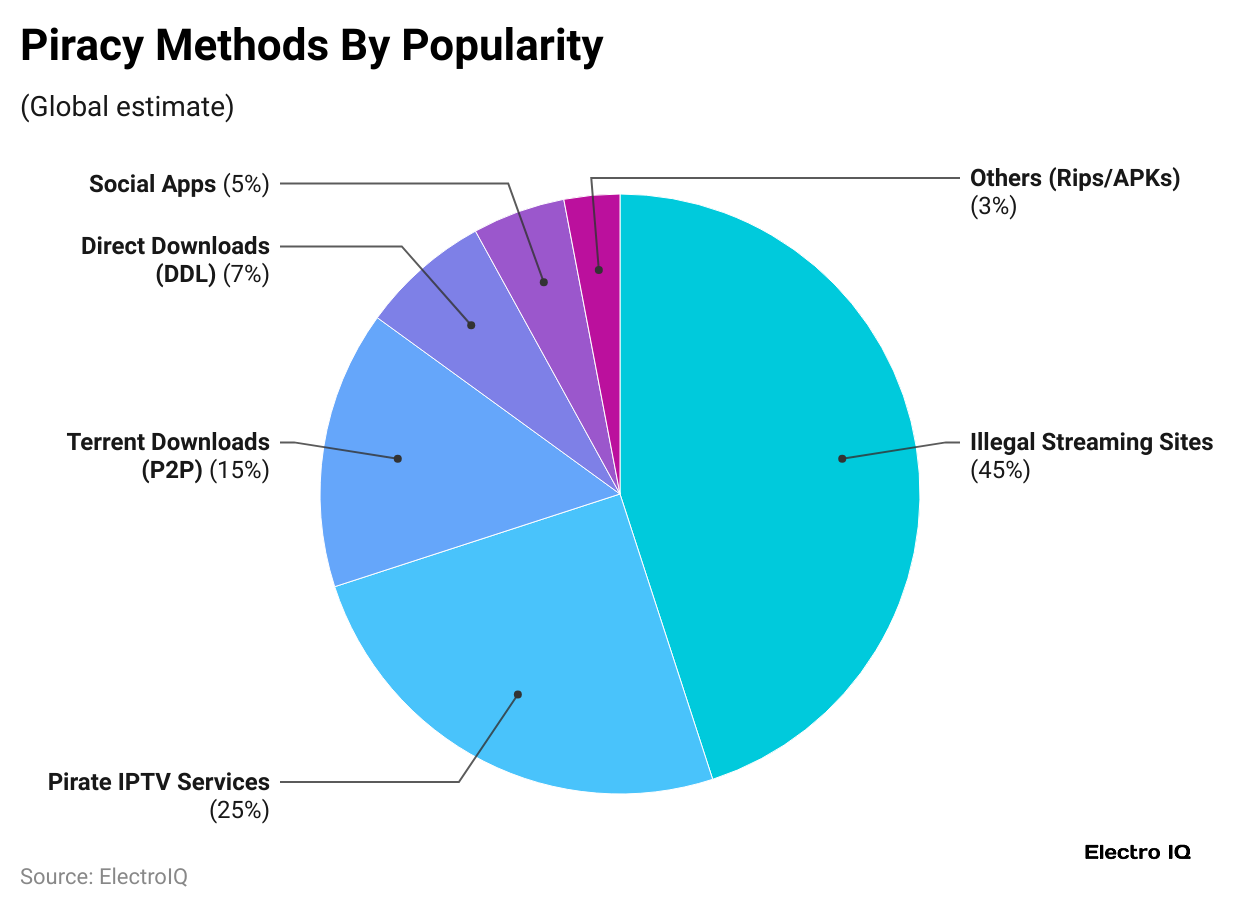
- Live events like major sports matches and premium TV broadcasts face industrial-scale theft, leading to losses in the billions of dollars each year. Right-holders struggle to cover event licensing costs.
- A single high-profile pirate stream can attract tens of thousands of viewers, who then multiply the reach via social media sharing. This amplifies the impact.
- In the UK alone, 59% of users consuming pirated content via physical devices report using Amazon Firestick or similar setups.
- Broadcasters are launching real-time “war rooms” to detect and shut down live pirate streams during events to limit viewership.
- Fragmented streaming subscription models and rising costs push many users, especially Gen Z, toward piracy to access specific content cheaply.
- Anime and manga often drive piracy. Japan launched an AI-based program covering 1,000+ sites, backed by about ¥300 million about $2 million investment.
- High-profile sites like Manga Dex, AnimeSuge, and 123Anime have been subject to shutdowns and arrests tied to leak distribution.
- Despite the crackdown, total visits to illegal anime and manga platforms remain high, indicating persistent demand and limited legal access.
- Rights holders argue that piracy undermines their ability to bid for future content rights, weakening official distribution strategies.
- Lack of cohesive action by major tech platforms and governments is increasingly cited as a barrier to effective piracy prevention.
| Statistic | Estimate / Insight | Impact |
| Viewership per event stream | Tens of thousands | Amplifies piracy via social sharing |
| UK device piracy share | 59% via Firestick-type devices | Widespread hardware-facilitated piracy |
| Anime/manga piracy enforcement | AI and legal crackdowns | Japan and 5 Korea targeting thousands of sites |
| Investment in piracy detection | ¥300 million, about $2M, pilot program | Governor’s support for tech enforcement |
| Industry losses | Billions yearly | Undermines live-rights economies |
Maritime Piracy Statistics – 2024 Summary
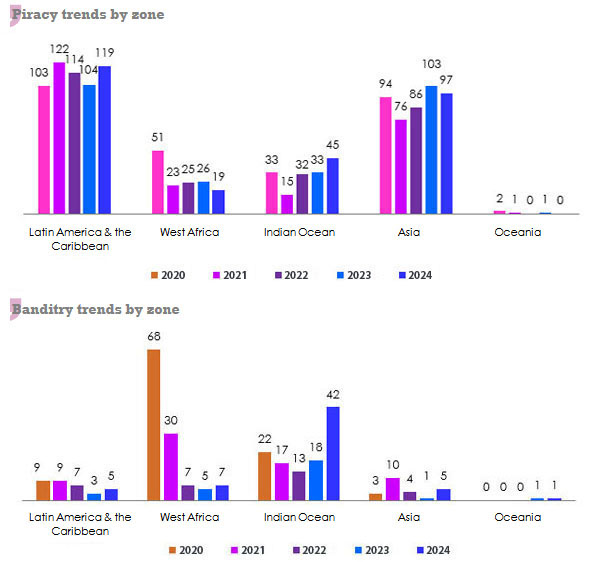
- The International Maritime Bureau (IMB) reported 116 piracy or armed robbery incidents in 2024, down slightly from 120 in 2023. Despite the decline, risks remain high.
- Of the 116 incidents, 94 vessels were boarded, 13 experienced attempted attacks, 6 were hijacked, and 3 were fired upon, showing a range of attack methods.
- Crew members taken hostage rose sharply to 126 in 2024, compared to 73 in 2023 and just 41 in 2022. This highlights a rising threat to human safety.
- The number of crew kidnapped remained at 12, similar to 2023, showing hostage-taking and kidnapping remain core threats.
- Weapon use increased: guns were involved in 26 incidents, up from 15 in 2023, and knives were reported in 39 cases, indicating escalating violence at sea.
- The Singapore Straits saw 43 incidents in 2024, up from 37 in 2023 and 38 in 2022, marking it as a persistent danger zone.
- Gulf of Guinea reported 18 incidents, down slightly from 22 in 2023, but remains the region with all 12 kidnappings and 23% of hostages.
- In the Indonesian archipelago, there were 22 incidents, up from 18 in 2023, and some involved hostage situations and weapons.
- Bangladesh anchorages recorded 14 incidents, the highest in a decade, often involving hostages or threats while ships lay at port.
- Under-reporting may mask the true scope of modern piracy, as late or missing reports limit accurate risk assessment.
| Metric | Count / Value | Note |
| Total Incidents | 116 | Slight decline from 2023 |
| Vessels boarded | 94 | The majority of cases |
| Crew hostage situations | 126 | Sharp rise, critical human impact |
| Crew kidnappings | 12 | Stable but serious risk |
| Gun use in incidents | 26 | Notable increase from the prior year |
| Singapore Straits incidents | 43 | Perisistently high-risk waterway |
| Gulf of Guinea incidents | 18 | Includes all kidnapping cases |
| Indonesian archipelago | 22 | Elevated compared to previous years |
| Bangladesh port anchorages | 14 | Highest in a decade, often violent |
Maritime Piracy Statistics – Mid-2025 Overview
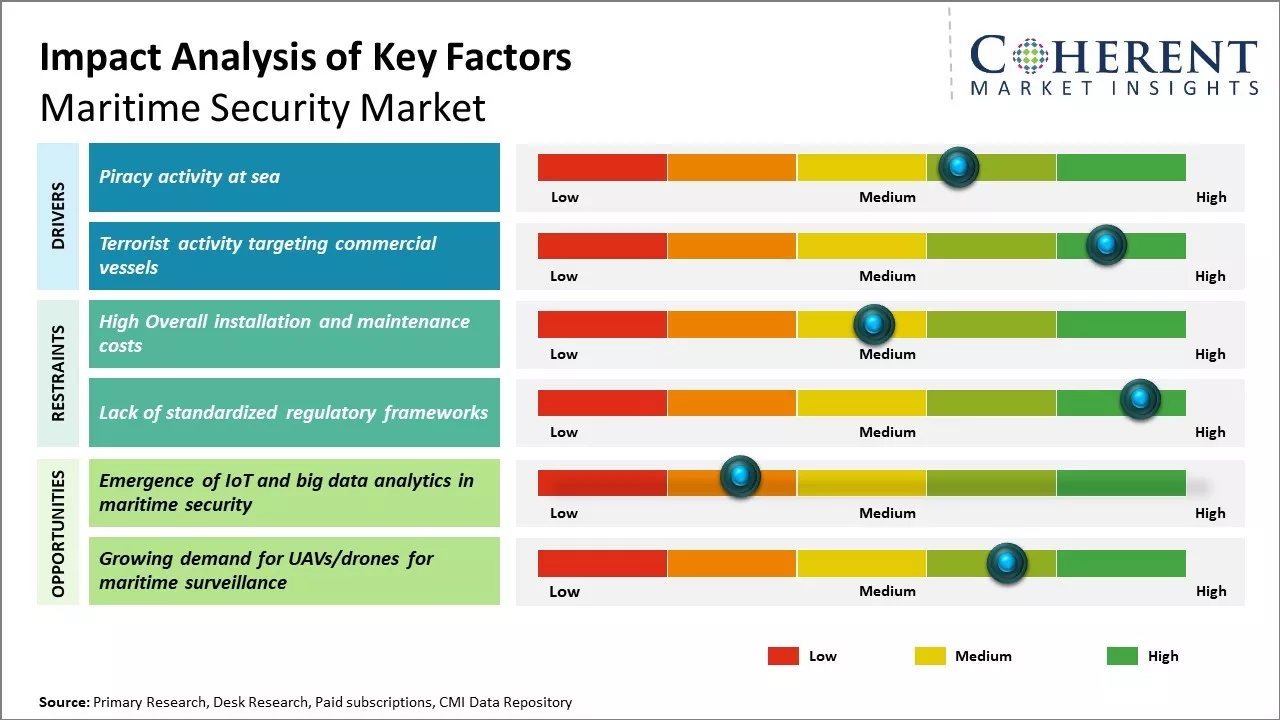
- Between January and June 2025, the IMB recorded 90 piracy and armed robbery incidents, marking a 50% rise compared to the same period in 2024. This surge represents the highest H1 total since 2020.
- Most of these incidents involved 79 vessels boarded, showing perpetrators succeeded in unlicensed entry in over 90% cases.
- Among the attacks, there were 6 attempted assaults, 4 successful hijackings, and one vessel fired upon, illustrating varied tactics used at sea.
- Crew safety continued to be under threat, 40 crew members were hostage, though this was lower than H1 2024’s 85 cases.
- In addition, 16 crew members were kidnapped, slightly up from 11 in 2024 and 14 in 2023, showing persistently serious human risk.
- Weapons remained common, guns or knives appeared in 55% of incidents, similar to last year’s rate of around 57%.
- The Singapore Strait accounted for 57 of the 90 incidents, or roughly 63% a worrying concentration in a vital trade corridor.
- Ship boardings in the Singapore Strait have a 95% success rate, often targeting large vessels above 150,000 DWT, indicating well-organized operations.
- Despite fewer incidents, the Gulf of Guinea region accounted for 87% of global crew kidnappings, showing concentrated severe risk there.
- No new incidents off Somalia reported since April 2025, though warnings remain active due to seasonal monsoon changes and historic threats.
| Metric | Count / Rate | Observations |
| Total H1 2025 incidents | 90 | Highest since 2020, +50% year on year |
| Vessels boarded | 79 | Attackers succeeded in over 90% of boardings |
| Crew hostage cases | 40 | Reduces from 85 in H1 2024 |
| Crew kidnappings | 16 | Slight rise vs prior year |
| Weapon involvement | 55% of incidents | Continued threat with guns/knives |
| Singapore Strait share | 63% of incidents | Key hotspot for maritime piracy attacks |
| Boarding success rate | 95% in Singapore | High efficiency in a narrow waterway |
| Gulf of Guinea kidnapping | 87% of global kidnappings | The region remains high-risk |
Regional Deep Dive – High-Risk Maritime Zones
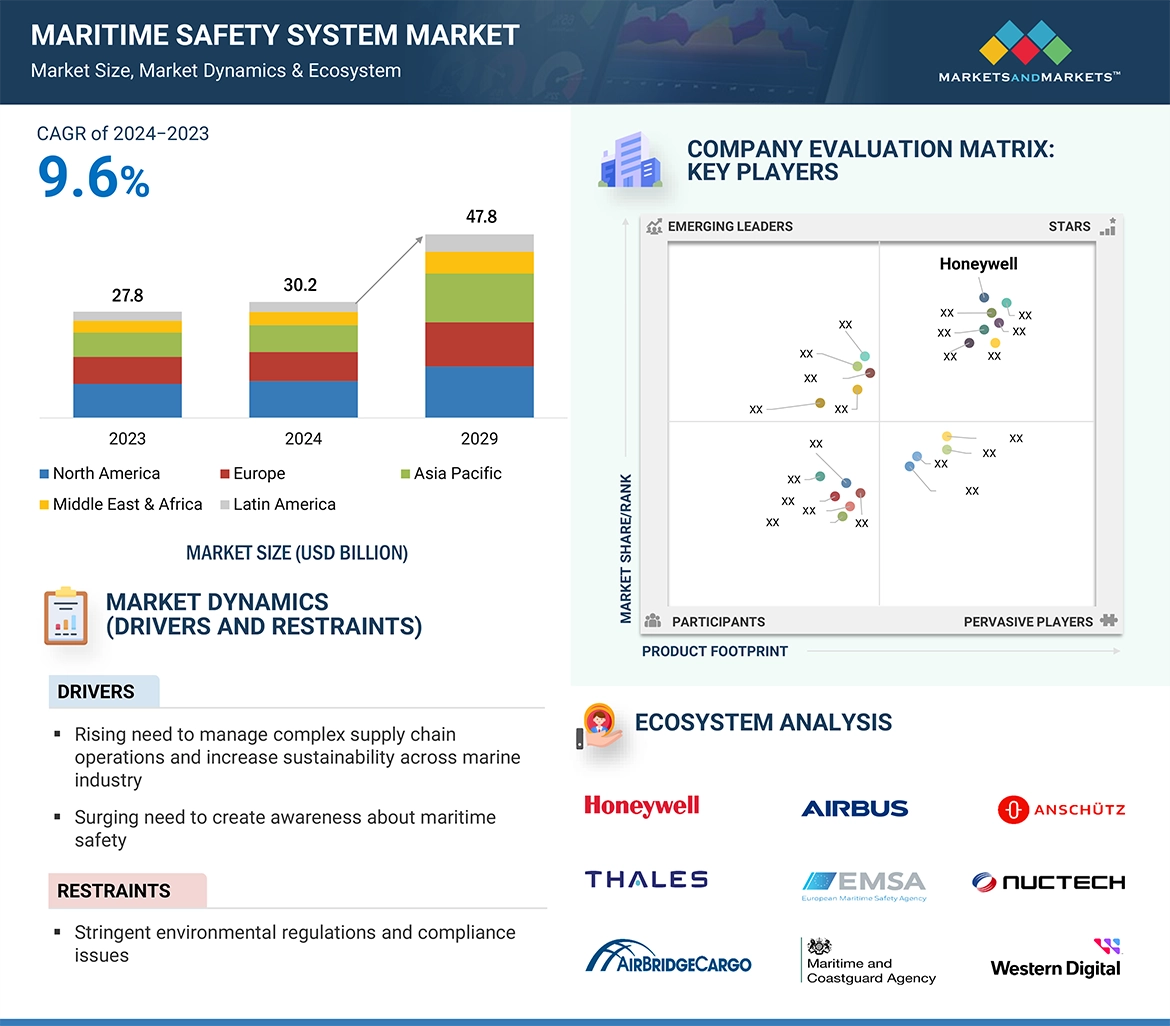
- The Singapore Strait dominated global piracy statistics in 2025, with 57 recorded incidents, an alarming jump from just 15 in H1 2024.
- This narrow channel handles nearly 30% of global trade, elevating the risk as attackers target large container and tanker vessels.
- In the Gulf of Guinea, although incidents numbered just 12 in H1 2025, the region accounted for nearly all crew kidnappings worldwide.
- Despite its lower total incidents, the Gulf of Guinea remains a severe threat, with 87% of kidnapping cases concentrated there.
- In Somalia and adjacent waters, there have been no new piracy incidents reported since April 2025, but seasonal risks persist through monsoon shifts.
- Southeast Asia outside Singapore also saw notable incidents, particularly off Indonesia and East Asia, adding pressure on regional maritime security networks.
- In West Africa, strong regional cooperation and naval patrols are credited for relatively low incident counts, despite ongoing crew safety concerns.
- Somalia-based piracy rose to prominence again in early 2024 but has stabilized, with only nine incidents reported and no new cases since May 2024.
- Hijackings off East Africa included events like MV Ruen and MV Abdullah, drawing attention to renewed Somali piracy capability.
- Channels like Malacca and Barents remain monitored due to vulnerability during peak transit periods and lower surveillance.
| Region | Incident Count | Key Risk Focus |
| Singapore Strait | 57 (H1 2025) | Highest global incidents |
| Gulf of Guinea | 12 | The majority of crew kidnappings |
| Somali Waters | 10 (early 2024) | Seasonal residual threat |
| Southeast Asia | Multiple regions | Higher risk in Indonesia |
| Malacca / Barents | Emerging zones | Vulnerable during high traffic |
Economic Losses from Digital Piracy
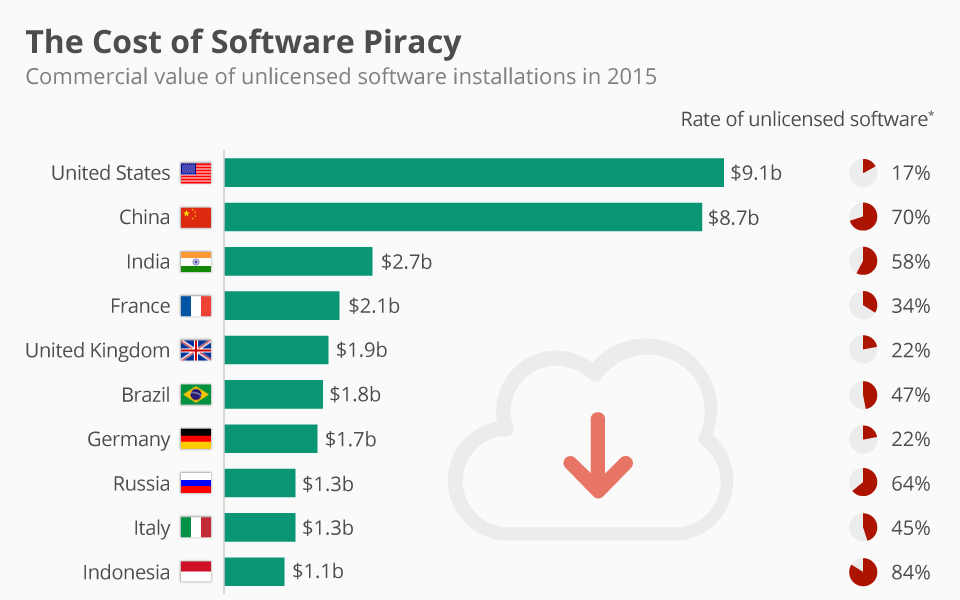
- Digital video piracy costs the global media and entertainment industry about $75 billion annually, rising steadily at roughly 11%/year.
- By 2028, these losses are predicted to escalate to around $125 billion, as piracy grows and content remains fragmented across platforms.
- Film piracy alone accounts for $40 to 97 billion in annual losses, demonstrating the massive economic exposure for studios.
- Music piracy leads to approximately $12.5 billion in annual losses for the US music industry alone, impacting earnings for artists and labels.
- Digital piracy may represent as much as 24% of global bandwidth usage, imposing infrastructure costs on ISPs and businesses.
- TV streaming piracy is driven by high demand for content not offered regionally, especially anime and sports, resulting in tens of billions of visits annually.
- The global digital piracy figure for 2023 exceeded 229 billion visits as consumers search for quick, often free access to multiple media types.
- In the US alone, lost revenue due to digital piracy is estimated at $29.2 billion annually, underscoring its broad economy-wide impact.
- Piracy-based content sharing also disrupts global licensing models and weakens the business case for future subscription investments.
- Gen Z and millennials dominate digital piracy usage, with studies showing 67 to 76% admitting to using illegal platforms alongside paid subscriptions.
| Sector | Annual Loss Estimate | Drivers / Highlights |
| Video piracy | $75B (up to 2028 $1258) | Content fragmentation, streaming gaps |
| Film piracy | $40 to 97B | High studio losses |
| Music piracy (US only) | $12.5B | Labels and artists’ revenue impact |
| Bandwidth usage | 24% globally | High network pressure |
| The US economy lost | $29.2B | Content theft across industries |
Anti-Piracy Technologies and Market Growth
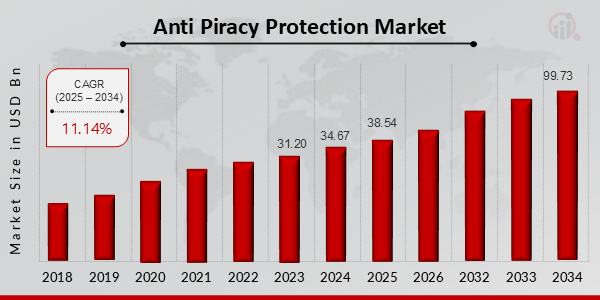
- In 2025, the global anti-piracy protection market is valued at approximately $236.2 billion, reflecting a 12.3% year-on-year growth from $ 210.3 billion in 2024. This shows how much industry is investing in fighting piracy.
- Forecasts estimate this market will reach $754.9 billion by 2035, driven by digital expansion and rising threats from AI-driven content theft. The compound annual growth rate is projected to be around 12.3%.
- In 2023, anti-piracy services were valued at around $1.6 billion, expected to grow to $3.9 billion by 2032, highlighting rapid demand in the media and enterprise sectors.
- Major drivers include evolving IP laws, more digital content, greater bandwidth costs, and rising malware and streaming piracy. These forces are pushing innovation.
- Enterprise deployments now include AI-powered detection, cloud-based watermarking, infrastructure-level monitoring, and threat intelligence platforms. This diversified approach helps catch piracy more effectively.
- The sports and entertainment sectors are early adopters, creating real-time takedown systems during high-stakes events to curb live-stream theft. Broadcasters are partnering with tech firms to deploy rapid response strategies.
- Device-level blocking is on the rise, exemplified by Italy’s Piracy Shield, where ISPs and VPNs are required to block websites within 30 minutes of a rightsholder’s request. However, this has sparked legal debates in the EU.
- In Asia, Japan has invested about ¥300 million ($ 2 million) in pilot AI systems to detect pirated manga and anime across over 1,000 sites. This is part of its national cultural protection campaign.
- Though effective, overblocking incidents, where legitimate domains are wrongly blocked, have drawn protests from privacy advocates and civil rights groups. This trade-off continues to spark policy tensions.
- Alliances like ACE (Alliance for Creativity and Entertainment) include 50+ major studios and broadcasters working collectively to shut down pirate sites and IPTV services worldwide. This coalition approach strengthens global enforcement.
| Parameter | Value / Description | Notes & Implications |
| Market size (2025) | $236.2 billion | Strong annual growth (12.3%) |
| Projected market (2035) | $754.9 billion | Massive scale-up expected |
| Services market (2023) | $1.6 b 3.9 b by 2032 | Rising demand across sectors |
| AI-based detection investment | ¥300 M ($ 2 M) | Protecting the anime/manga industries in Japan |
| Device-level blocking | Italy’s Piracy Shield | Efficient but risks overblocking |
| Coalition enforcement | ACE, 50+ major media companies | Coordinated global takedowns |
Legal and Policy Responses to Piracy
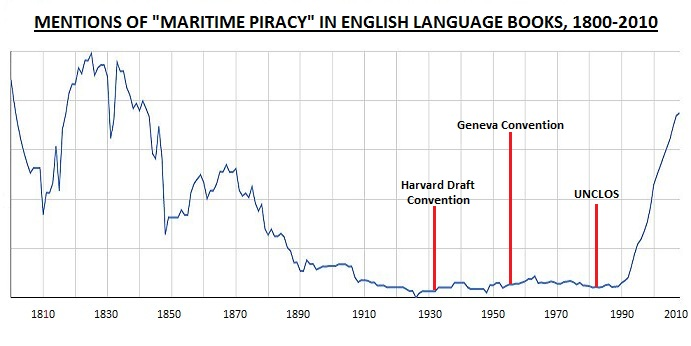
- Italy’s Piracy Shield, launched in 2024, requires ISPs and VPN providers to block suspect pirate content within 30 minutes. This policy elicited praise for speed, but criticism over its impact on privacy and speech rights.
- The European Commission has formally questioned Piracy Shield under the Digital Services Act, citing concerns over fundamental rights to freedom of expression and potential for site misclassification.
- In 2025, coordinated raids across Italy, Romania, and Hong Kong shut down a pirate streaming ring delivering content to 22 million users. This ring was estimated to generate €3 billion annually and cause €10 billion in damages.
- Japan’s government-funded AI initiative reflects a proactive shift toward tech-assisted copyright enforcement in creative industries. It shows that policy is moving beyond penalties to prevention through detection.
- South Korea is also adopting AI-based anti-piracy systems to protect the video and animation industries, highlighting regional tech-policy innovation.
- In Nigeria, the Suppression of Piracy and Other Maritime Offences (SPOMO) Act strengthens legal jurisdiction over pirates in the Gulf of Guinea, enabling fines and imprisonment.
- Denmark supports capacity-building in piracy hotspots like the Gulf of Guinea via naval patrols and regional security partnerships, though legal frameworks for prosecution lag.
- The global Alliance for Creativity and Entertainment (ACE) coordinates legal takedowns and supports rights enforcement from streaming piracy worldwide. Its impact grows as more members join.
- Critics debate site-blocking vs. due process, especially where legitimate domains are misidentified. Regulatory clarity and transparency remain central concerns.
- Worldwide, legal frameworks are evolving: countries adopt AI detection, fast-track takedowns, and international cooperation to adapt to modern Piracy Statistics trends.
| Region / Tool | Measure & Scope | Key Effects / Concerns |
| Italy’s Piracy Shield | ISP/VPN site blocking in 30 min | Fast but risks overblocking, EU review |
| Italy pirate raids | 22 M users, €3 B ring closed | Heavy-duty disruption of sophisticated networks |
| Japan & South Korea AI use | Detect pirated anime across 1,000+ sites | Tech-driven protection for creative content |
| Nigeria’s SPOMO Act | Maritime law against Gulf piracy | Legal clarity for prosecution |
| Denmark’s maritime patrol | Gulf & Somali security, legal capacity-building | Improved regional protection, legal gaps |
| ACE coalition | Global content industry alliance | Amplified global legal enforcement |
Human Stories and Real Impact
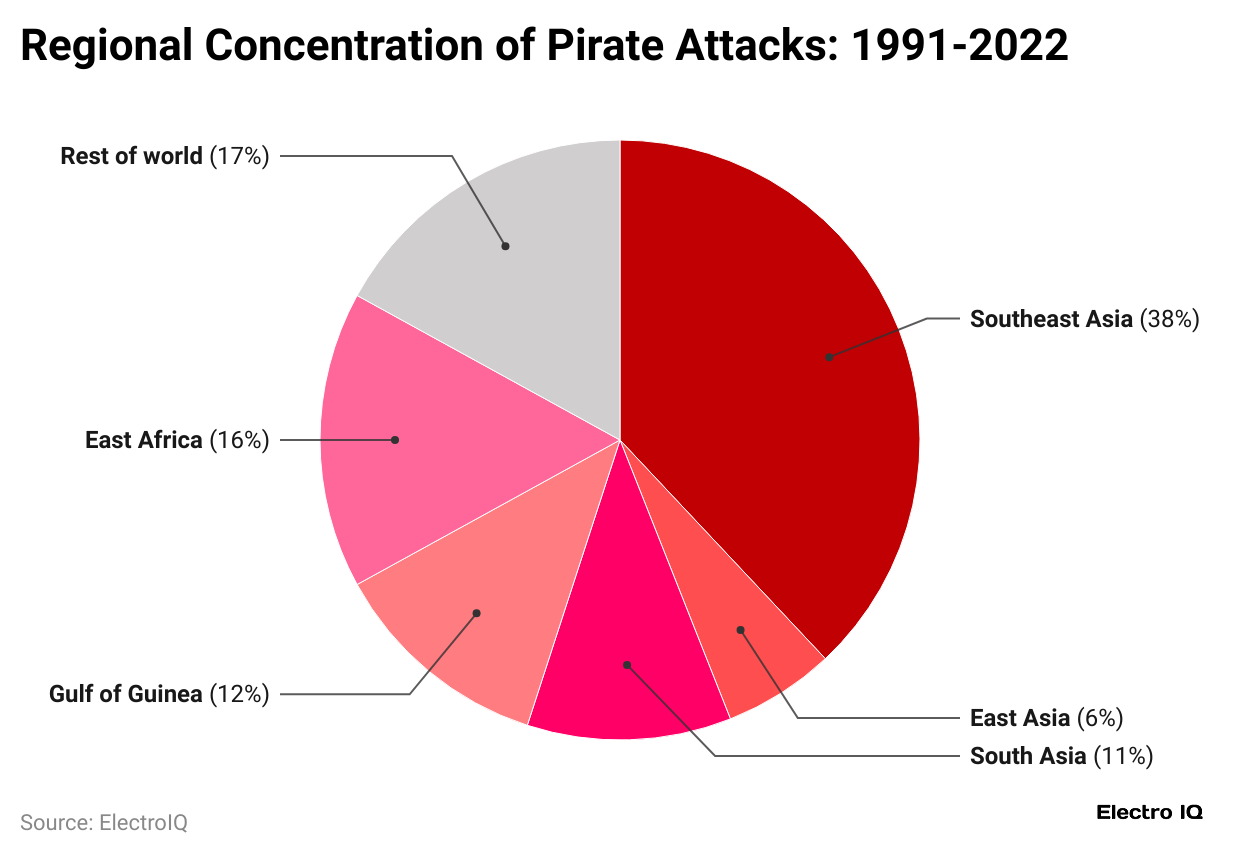
- Over 126 seafarers were taken hostage at sea in 2024, a sharp increase from 73 just a year earlier, showing the human cost behind cold Piracy Statistics numbers.
- In H1 2025, the Gulf of Guinea saw over 87% of global crew kidnappings, with some hostages held for weeks until ransom was paid. This reinforces the region’s continued danger.
- High-profile individual cases like those involving the MV Abdullah (2020) remain emblematic today, with captains recounting armed raids and crew trauma, humanizing global piracy data.
- Estimates show digital piracy has contributed to 70,000 lost music industry jobs in the US each year, affecting livelihoods from studio staff to independent artists.
- Malware spread through pirated software can cost businesses up to $2.4 million per incident, with major remediation taking around 243 days to complete.
- In the Philippines, 70% of adults admitted to streaming pirated content, up from 58% in 2023, underscoring social normalization and human behavior trends in piracy.
- Younger generations (Gen Z and Millennials) report piracy as nearly routine, with reported use rates up to 76%, often alongside legitimate subscriptions, painting a complex picture of intent and access.
- Addiction to piracy devices (like Firesticks) shows how easy access has cultural impacts; it spreads convenience, but also steers mass behavior toward illicit viewing.
- Legal crackdowns have human ripple effects: arrests in Italy led to 11 individuals behind a €3 billion ring going to court, disrupting an entire network.
- Japan’s animation and manga creators report emotional and economic relief due to new AI detection systems, giving renewed hope to individuals affected by global piracy.
| Human Issue | Data / Impact | Significance |
| Hostages at sea | 126 seafarers (2024), 87% in Gulf kidnappings | People are increasingly at risk |
| Music industry jobs lost | 70,000 annually in the US | Wide business and personal impact |
| Malware costs | $2.4M per incident, 243 days to remediate | Tech and safety implications |
| Philippine piracy rate | 70% adults admit to illegal streaming | Cultural normalization of piracy |
| Artist & creator relief | AI tools ease rights enforcement in Japan | Emotional and financial impact |
Conclusion
After breaking down these Piracy Statistics, one thing is crystal clear: piracy in all its forms is still alive and evolving faster than ever. Whether a blockbuster film leaked online before release or entire football matches were streamed illegally to millions, piracy has grown from a fringe issue to a full-scale threat across industries.
What makes this even more serious is how much it affects people, creators losing their income, and companies investing billions just to protect what they’ve built. And the numbers don’t lie. From the billions lost every year to the alarming spike in digital piracy among younger users, the situation demands action, not just from governments and corporations, but from all of us.
So now that you’ve seen the facts, the risks, and the consequences, the question becomes: how do we move forward? Because understanding Piracy Statistics isn’t just about learning the data, it’s about realizing the world behind it, and figuring out where we stand in that picture. Thanks for staying up until the end. Let me know your solutions in the comment section.
Sources
FAQ.
As of mid-2025, there have been 90 maritime piracy incidents, marking a 50% increase from 2024. In digital piracy, 229+ billion visits were recorded on illegal content sites in 2023, and the global industry is losing over $75 billion annually due to piracy across film, TV, music, software, and publishing sectors.
Digital piracy causes an estimated $75 billion in annual losses, and projections show this number could rise to $ 125 billion by 2028. The U.S. alone reports $29.2 billion in lost revenue every year from illegal downloads and streaming services.
In 2025, the Singapore Strait is the top piracy hotspot with 57 attacks recorded in the first half of the year. The Gulf of Guinea remains the most dangerous region for crew safety, responsible for 87% of global crew kidnappings during the same period.
In H1 2025, 40 crew members were held hostage, and 16 were kidnapped globally. These numbers fluctuate but show that piracy still poses a serious human threat beyond financial losses, especially in regions like West Africa.
The global anti-piracy protection market is valued at $236.2 billion in 2025, and it’s projected to reach $754.9 billion by 2035. This includes investments in AI, watermarking, site-blocking, threat intelligence, and legal enforcement.
Software piracy often results in malware attacks that cost companies around $2.4 million per incident. On average, it takes 243 days to detect and recover from these breaches, making them expensive and dangerous for organizations.
Yes. Studies show that 67% to 76% of Gen Z and millennials admit to using pirated platforms, even if they also subscribe to legal streaming services. This trend reflects rising costs, limited access, and normalized online behavior.
Japan has invested ¥300 million ($2 million) into AI systems that track illegal anime and manga uploads across 1,000+ piracy websites. This move is part of a national effort to protect creators and control digital copyright theft.
Italy’s Piracy Shield is a government-mandated system that requires ISPs and VPN providers to block pirate websites within 30 minutes of detection. It’s praised for its speed but has also sparked debate over freedom of expression and site misclassification.
In the United States alone, digital piracy leads to the loss of about 70,000 jobs annually, especially in the music, film, and software industries. Globally, job loss and revenue decline are significant across the media, entertainment, and publishing sectors.

Joseph D'Souza founded ElectroIQ in 2010 as a personal project to share his insights and experiences with tech gadgets. Over time, it has grown into a well-regarded tech blog, known for its in-depth technology trends, smartphone reviews and app-related statistics.


